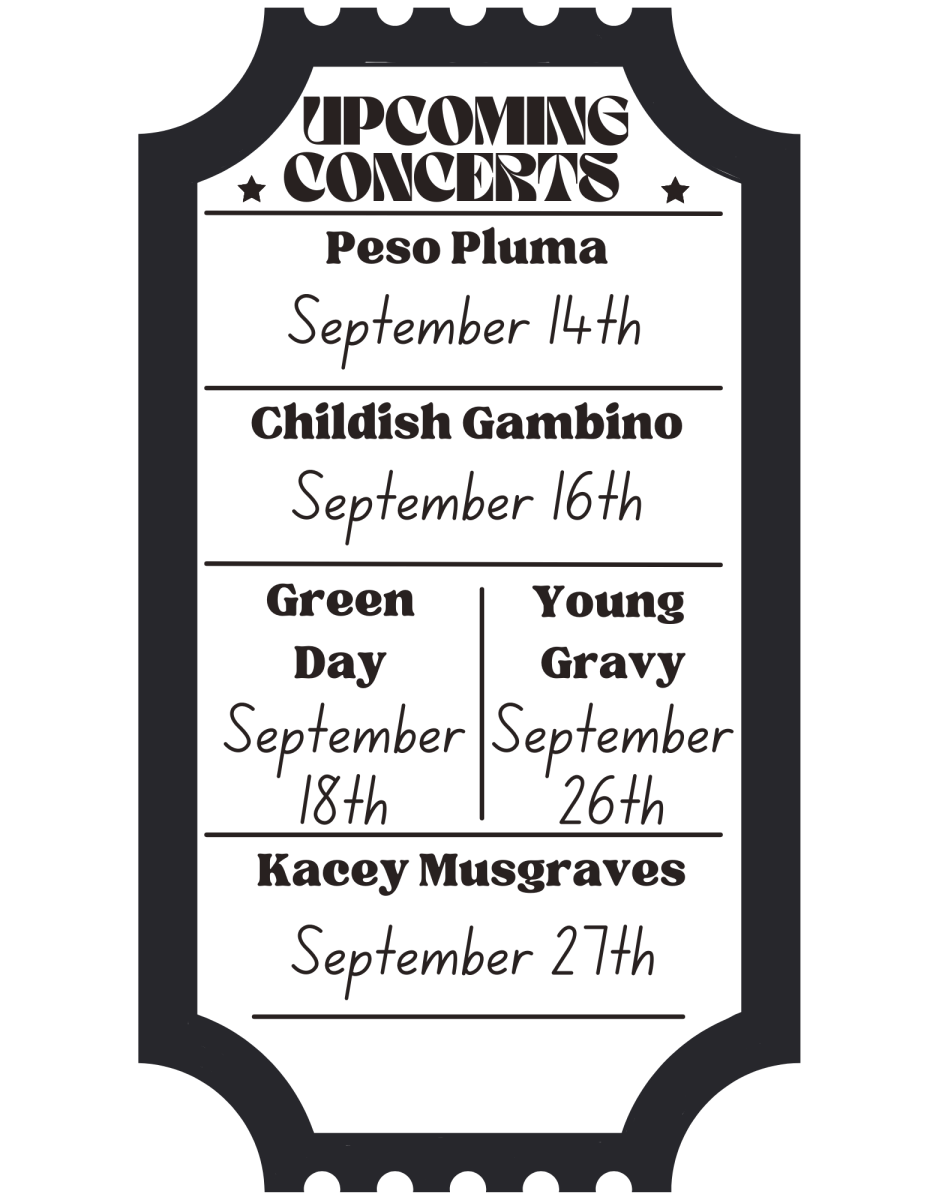“The Bell Jar” by Sylvia Plath has been quoted countless times in social media posts, on walls, and even in some college course material. I decided it was finally time to read it from start to finish. The two hundred forty four page, twenty chapter book was honestly one of my favorite reads. It triggered emotions that books have not been able to trigger for me in years and it resonated with me a lot.
The book is set to take place in the 1950s, where women’s rights were not respected. In the book, Plath talks about this a lot. Plath also provides an intimate look at the main protagonist, Esther Greenwood’s descent into her mental illness, detailing her struggles with depression and her experiences in mental hospitals.
I would recommend this book to those looking for a more meaningful read and for those in touch with their emotions. “The Bell Jar ” is an interesting book to read if you are interested in psychological and emotional themes, and for the readers who appreciate topics that surround the struggles of growing up and learning more about who they are with autobiographical elements.
As you grow up, the idea of figuring out what you wish to do with your life and who you want to be is prioritized a lot. Plath discusses her version of searching for meaning throughout the novel. Esther Greenwood seeks to find purpose and meaning in her own life, questioning society’s norms and her own desires. This element is interwoven throughout the narrative, providing a deep and troubling look at the protagonist’s mind.
One line that has been quoted a lot is, “I saw my life branching out before me like the green fig tree in the story.” The story Esther was talking about in that quote was a story about what the different branches of the fig tree could be in per life. One of these branches was a husband with a happy house and children. Another was being a famous poet in Europe or South Africa.




